Ancient (before 500 CE)

Zoomorphic Figure from Papua New Guinea
This stone figure from an unknown culture in ancient Oceania may represent an echidna, which is an egg-laying mammal that is related to the platypus.

Bird Stone Figure from Papua New Guinea
This stone figure from ancient Oceania loosely shaped like a bird comes from an unknown ancient culture that lived in the highlands of Papua New Guinea.
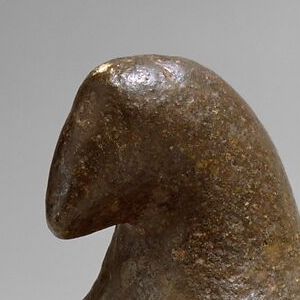
Pestle Finial from Papua New Guinea
This image is of a pestle finial in the shape of a bird from an unknown culture in ancient Oceania. Pestles are a tool used for crushing or grinding, often used for cooking ingredients such as spices, and were likely also used with other stone mortars that have been found in the region.

History of Pre-Modern Math
Before the widespread adoption of Arabic numerals, medieval and early modern Europeans added, subtracted, multiplied, and divided using a type of abacus known as a counting board and only afterwards recorded the results of their ca

Long Teaching Module: Caribbean Seafaring in the Archaic Age (2000-400 BC)
There have been many different approaches to studying seafaring in the past. We can look at the evidence of voyages in books written by prominent explorers or follow the maps maintained by successful prominent trading companies.
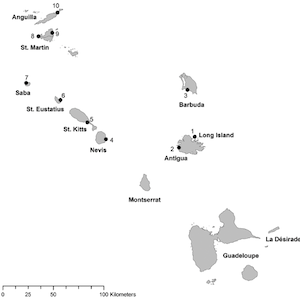
Tracing Canoe Pathways in the Lesser Antilles, 2000 BE - 400 BC
These maps show two constructed least cost pathways between Flinty Bay on Long Island just off the coast of Antigua (the right end of the line) and Jolly Beach on Antigua (the left end of the line).
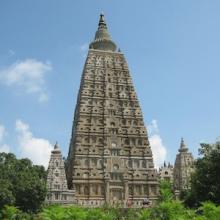
Analyzing Travel Records
In a way, all historical thinking and all historical writing deal with travel accounts.
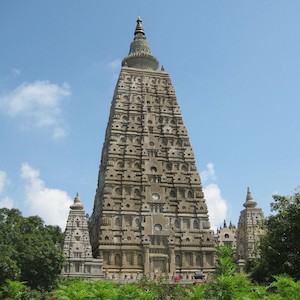
Mahabodhi Temple
This photograph shows the Mahabodhi Temple complex. The temple is a part of Bodh Gaya a religious place in the Gaya District in Bihar that is one of the four and most important pilgrimages associated with the life of Gautama Buddha.

Laws of Manu
The Manu-smriti, or Laws of Manu, are of the most authoritative codes of Hinduism in India, dating back to approximately 1
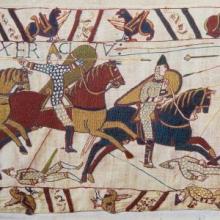
Analyzing Primary Sources on Women in World History
Traditionally, historical writing focused on elites and often rendered women invisible unless they were queens or empresses.